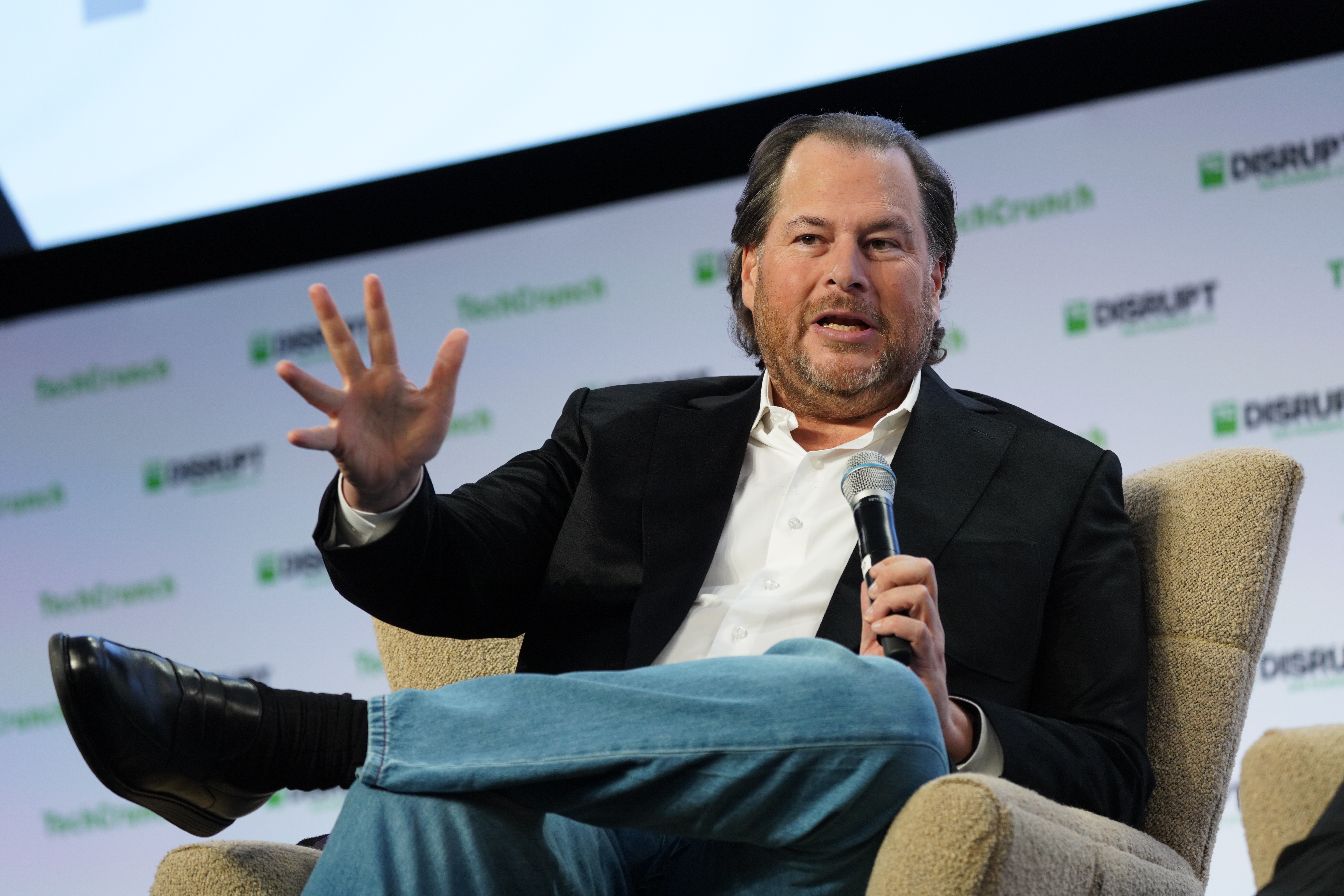This year did not start off great for Salesforce, with an unusual level of turbulence and uncertainty surrounding the company. But as the year comes to a close, Salesforce finds itself in surprisingly good shape financially: Its stock is up over 96% year-to-date. Earlier this year, such an outcome would have seemed impossible to imagine.
The bad news started rolling in even before the new year began, when co-CEO Bret Taylor, who many speculated was being groomed to be heir apparent to Marc Benioff, quite suddenly announced he was leaving the company at the end of November. A week later, Slack CEO and co-founder Stewart Butterfield announced he, too, was stepping down. Losing two key executives in less than a week would be a huge hit to any company, but it would be just the start of an onslaught of bad news for the CRM giant.
As the year began, we learned that activist investors were, well, quite active inside the company. This included Elliott Management, Starboard Value, ValueAct Capital, Inclusive Capital and Third Point. When activists show up, they usually have a strong opinion on how to “fix” a company, and this would be no different.
First, we learned that Salesforce was bringing in three new board members, which felt like a way to appease the activists — especially because one of them was Mason Morfit, CEO and chief investment officer of ValueAct, one of those very same activists.
Activists typically pressure the company to cut costs, and in corporate terms, that usually means cutting staff. Sure enough, Salesforce soon announced that it was cutting 10% of its workforce, or 7,000 people, on January 4, 2023. The excuse was that it had overhired during the pandemic and this was a correction, but it could also have been throwing the activists a cost-cutting bone.
Either way, reports suggested the company didn’t handle the layoffs well, engineers were being pressured, and Benioff began preaching about going back to the office after embracing work from home, and what Salesforce called the “Digital HQ,” during the pandemic. The company’s reputation as a progressive, employee-friendly organization took a big hit.
Salesforce was under fire for overspending and under-performing. It was bleeding executives. It had laid off thousands of employees, and many of those who remained were unhappy with the layoffs. After three months of drama, the company reported earnings for the first time since the turmoil began.

Salesforce CEO Marc Benioff Image Credits: TechCrunch
There was a general feeling that Benioff was caught flat-footed, outmaneuvered by the pack of activist investors. It would take a great report to change that perception. Yet on March 1, the very day they were scheduled to report, Elliott Management struck again with news it would nominate its own slate of board members. The timing was probably not a coincidence.
Then the unexpected happened: In spite of everything, Salesforce got off the mat, reporting a great quarter, especially by recent standards, with revenue of $8.38 billion up 14% from the previous year. As we wrote at the time:
Salesforce crushed expectations and doubts concerning its recent growth, forecast better-than-anticipated growth for the year and told investors to expect an overall stronger operating profit result for its new fiscal year.
The good quarter took the wind out of the activists’ sails. Shortly thereafter they backed off, with Elliott withdrawing its board nomination at the end of March. With that, the activist story seemed to come to an end.
In July, Salesforce announced that it was raising prices for the first time in seven years. In September, it announced it was hiring 3,000 employees. At around the same time, Salesforce held its annual customer conference, Dreamforce, and the drama of earlier in the year seemed to be forgotten as generative AI was the new focus.
Meanwhile, the stock price went up and down throughout the year, dropping below $200 a share at the end of October, before beginning an upward rise to now, where it’s been hovering around $260 a share. In the end, if they held onto the stock, for better or worse, the activists were rewarded with the higher price.
But for a company that started off the year with so much going against it, with bad news piling up every week, it would seem unthinkable that it would be in the position it is today. Those who thought that Benioff’s best days were behind him were clearly mistaken.
